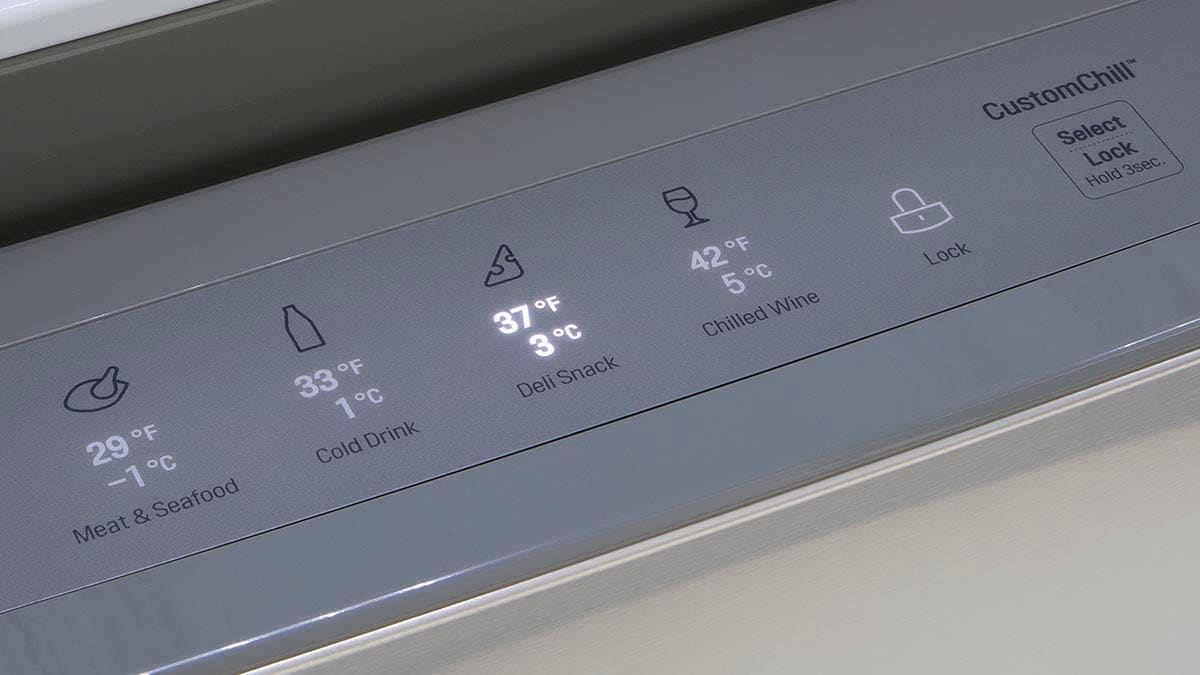
Provide your name and contact information so that investigators can contact you with questions or for more details later, if needed.
Vehicle identification number (VIN). This can help investigators pinpoint where and when your car was built, and what major options it may have. These details can help investigators group your complaint appropriately with other similar models. The VIN can be found on a metal plate where the windshield glass meets the dash in front of the driver. It’s also printed on your car’s registration and title documents.
Year, make, and model of the car.
Relevant documentation, such as maintenance records, photos, and/or a police report.
The mileage on your car, and whether you bought it new or used.
A clear description of how you think the car failed to perform, preferably in the first sentence.
What you did and how the car responded, in chronological order, including your speed, what gear you were in (if you know), whether you applied the brakes or turned, and how hard you braked.
Whether the event resulted in any damage to the vehicle or injuries to occupants of your vehicle or others. If the event included a crash, you may also want to note whether airbags deployed, because that can be an indicator of the severity.
Any steps you took to isolate the problem. Be specific about what you did and how you did it.
Corroborating evidence, such as a summary of the factual findings in a police report, if there was an accident, or a mechanic’s determination of any repair work needed afterward.
Context helps. Did the problem occur on a routine trip or someplace you’ve never gone before; weather, traffic, and road conditions; and where the event happened (urban, rural, intersection, parking lot, etc.).
Mention any aftermarket equipment that may be relevant to the incident.









